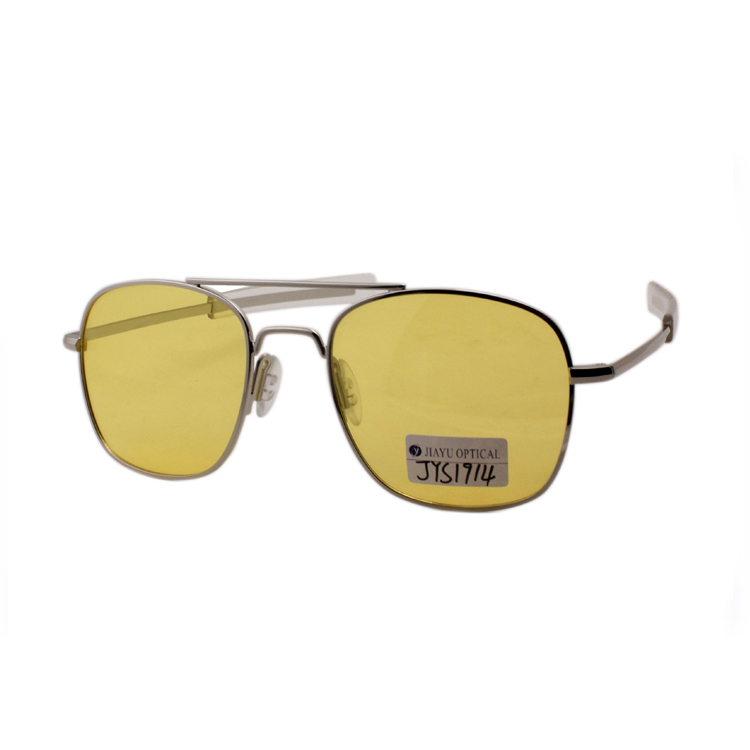
See below a selection of x-ray vision gadgets. These xray vision glasses look like a normal pair of glasses. With the MetLifes Vision Care Plan, you save money on your familys eye exams, eyeglass lenses and frames, and contact lenses. The images are shown and recorded in real time and as you can imagine, gives you great flexibility to move around.
2020 VISION GLASSES PORTABLE
Works on the same principle as the camera described above, with the exception that these glasses can be worn and also records images if you have a portable recorder. These are transparent glasses that can see through clothes. ✅Buy now / Learn more ✅Xray Vision Glasses (Goggles)

They should not be used for indecent actions. They are great for law enforcement operations, banks and jewelry stores as well as detecting forged documents. An xray vision camera can even see through the makeup of a woman. Xray cameras work on the principle that visible light is filtered out and only the infrared and other parts of light are captured, making it possible to see through clothes and certain objects.
2020 VISION GLASSES WINDOWS
The ability to see through clothes and objects like dark sun glasses or dark windows makes this infrared device ideal for identifying persons and objects. They are very small and have the ability to see through clothing and objects. If you don’t have a Sony Nightshot camcorder, it is also available. No extra modifications needed, except for the filter.
2020 VISION GLASSES PROFESSIONAL
Some people choose to correct their vision with refractive surgery, but like any surgery, it comes with the risk of surgical complications.Īt Professional Vision, our goal is to help all patients achieve clear, crisp and comfortable vision, no matter their visual condition.Transform your Sony night shot or Panasonic night view camcorder into an xray vision device by using special filters that are easily screwed on. If your vision requires correction, your eye doctor will explain the different methods of vision correction, including prescription glasses and contact lenses. The first step in correcting a visual acuity problem is to undergo a comprehensive eye exam with your local optometrist. This means their visual acuity is higher than a person with 20/20 sight. Some people have 20/15 or even 20/10 vision. For example, skills like eye tracking, teaming, convergence and visual processing all need to be up to par for a person to truly have ‘perfect vision.’ Visual acuity is just one piece of the puzzle.Īdditionally, 20/20 isn’t the clearest possible vision. Well-developed visual skills help individuals succeed at school, in the workplace and sports. Several other visual skills are essential to functioning in today’s world and even a person with 20/20 vision can lack other necessary visual skills. This is a standard of measurement used by optometrists to help assess distance vision and prescribe eyeglasses and contacts, but vision is more than just 20/20 sight. Legal blindness is considered to be 20/200 vision, and means that an individual with this sight at 20 feet away from the eye chart can only see letters 10 times larger than those seen by a person with 20/20 sight.

Likewise, a person with 20/80 vision, who is 20 feet from the chart can only see letters four times larger than those seen by a person with 20/20 sight.

A person with 20/20 vision can clearly read a certain row of small letters on the Snellen chart from 20 feet away.Ī person with 20/40 vision who is 20 feet from the eye chart can only see the letters double the size of the letters that a person with normal vision can see. All measurements of vision are taken when the patient is located 20 feet from the eye chart. What is 20/20 Vision?Ģ0/20 vision describes how clearly a person with normal visual clarity can see. Herman Snellen, an eye doctor in Holland, created the Snellen eye chart and coined the term ‘20/20 vision.’ Below we explore what that really means. Visual acuity can be measured in different ways, but the most common way is by using a Snellen eye chart - a chart with different sized letters and numbers in descending rows. That was to check for changes in your visual acuity, or sharpness of vision. If you’ve had your eyes examined, your eye doctor likely asked you to read letters and numbers from an eye chart.


 0 kommentar(er)
0 kommentar(er)
